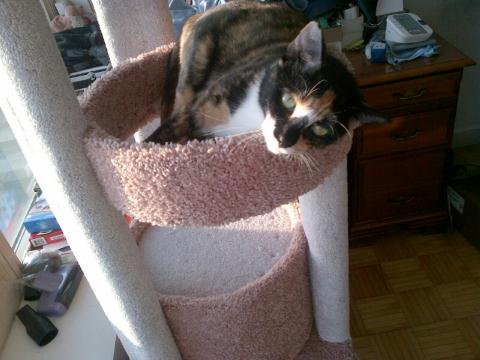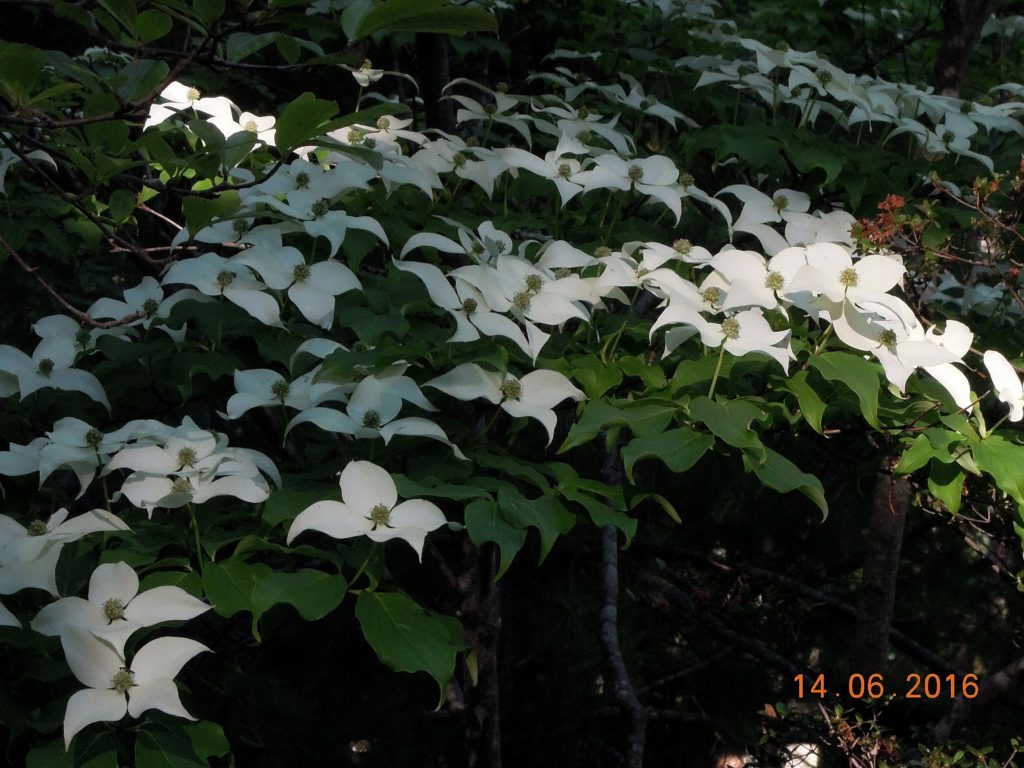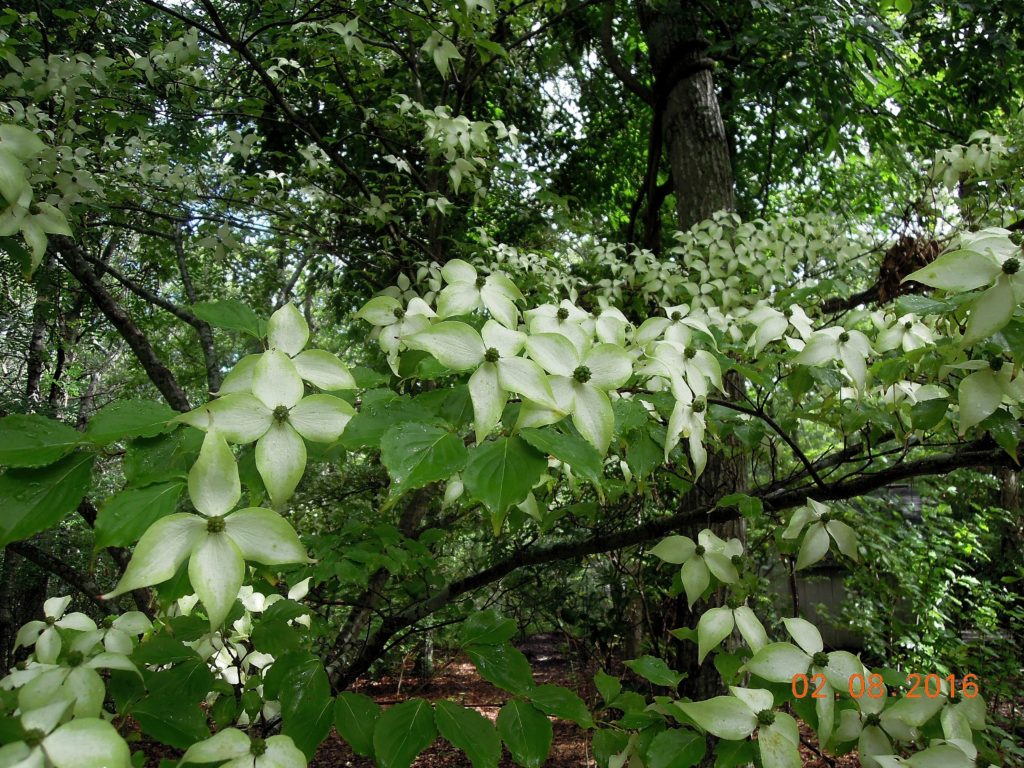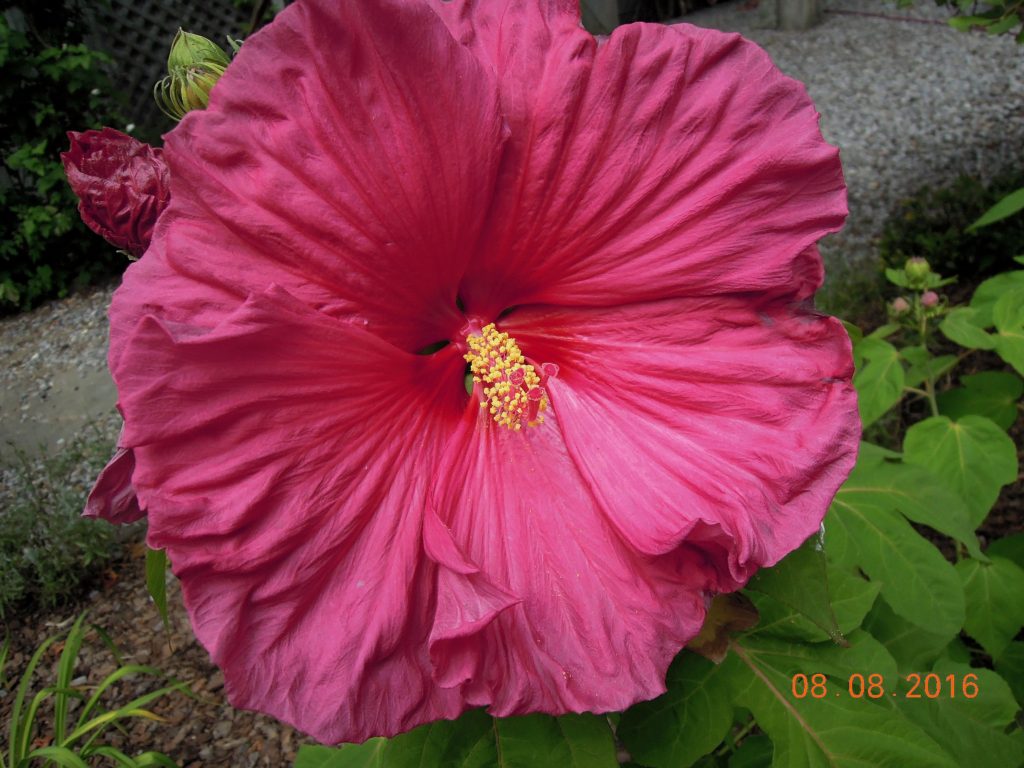As recently reported by The New York Times, the Yao people of Mozambique have formed a working partnership with wild “honeyguide” birds: After communicating through an exchange of sounds and gestures, the birds lead the Yao to beehives hidden high up in trees. After the tribesmen subdue the bees and extract the honey, the birds happily eat the leftover beeswax, a good source of calories.
Impressive! But these wild birds have nothing on my helpful, domesticated Grandpets. Consider my Grandcat, Callie. When there is computer work to be done, she is always ready to lend a helping paw.
And sometimes more than a paw.
My Granddog Zoe, on the other hand, has no interest in computer work.
But when there was a Donkey invasion, she rose to the occasion by bravely facing down the enemy.
I treasure my “helpful” Grandpets.
And when I choose plants for the garden, I treasure those that truly work for me, not the other way around. One of my favorites is the Kousa Dogwood, ‘Milky Way’. As a general rule, kousas bloom in the month of June. The amazing Milky Way blooms continuously from June through August—oft-times into September. That is flower power! (June, July, August photos below.)
When the flowers finally fade, the tree produces an abundance of green lollypop-like fruit that eventually turns scarlet red. Irresistible to songbirds. And in the Fall, Milky Way’s dark green foliage turns glorious shades of autumnal orange. Moreover, when established, the trunk bark exfoliates like a Stewartia. A stellar multi-season performer.
Kousas are free of the dreaded anthracnose disease that has devastated our native dogwood population, Cornus florida. Indeed, for the twenty years Milky Way has graced my garden, it’s been entirely disease-free. Provide rich, acid, well-drained soil.
NOTE: August heat-waves and drought create problem conditions for plants. But not for the August blooming, shrub-like, hardy perennial, Hibiscus ‘Jazzberry Jam’. This is its fifth season in my garden and every year–regardless of weather–the huge, gorgeous flowers attract hummingbirds, bumble bees and me! A late-summer WOW plant.








